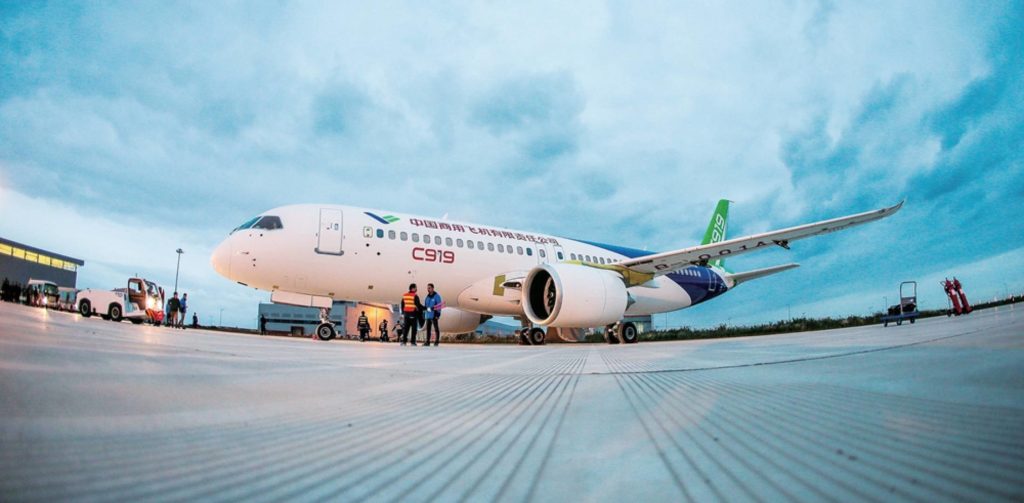




07 Jul 2025
Navigating Green Skies: How Lessors Can Prepare for Emissions Reporting Mandates
As environmental regulations tighten across the aviation industry, one question is becoming increasingly urgent for aircraft lessors: how do we manage and report emissions data across our portfolio, effectively and accurately?
The answer is no longer optional.
With sustainability expectations rising from regulators, financiers, and airline customers alike, emissions data is now a key part of how aircraft are evaluated, leased, and ultimately transitioned. Lessors must not only understand these changes — they must build processes that ensure transparency, compliance, and future-readiness.
At Acumen Aviation, we’ve supported many clients in preparing for this next wave of accountability. In this blog, we explore the implications of emissions reporting mandates, what lessors need to do today, and how expert guidance can help simplify a complex transition.
Why Emissions Reporting Has Become a Priority for Lessors
Historically, carbon tracking has been viewed as the responsibility of operators. But that view is rapidly changing.
Several key developments are pushing lessors to play a more proactive role in emissions reporting:
- ESG investment requirements: Financial institutions and asset-backed lenders increasingly require lessors to disclose the environmental performance of their portfolios.
- Global sustainability frameworks: Initiatives such as CORSIA (Carbon Offsetting and Reduction Scheme for International Aviation) and EU Taxonomy regulation are reshaping expectations around environmental reporting.
- Airline demand for efficiency: Airlines want to lease aircraft that align with their own emissions strategies, especially as they face pressure from passengers, regulators, and governments to decarbonise.
- Upcoming mandates: Regulators are likely to enforce more granular reporting from all stakeholders — including lessors — in the near future.
For lessors, this shift isn’t just about compliance. It’s about protecting long-term asset value, staying aligned with financing expectations, and maintaining strong relationships with lessees and investors.
What Kind of Data Needs to Be Tracked?
Lessors may not operate aircraft, but they are uniquely positioned to gather and manage key environmental performance indicators throughout the asset lifecycle.
These may include:
- Fuel burn efficiency per flight hour
- Engine emission class and compliance history
- Utilisation trends over time
- Aircraft type average emissions benchmarks
- Modifications or upgrades impacting fuel efficiency
- Redelivery data that captures environmental performance over lease terms
In many cases, this data must be sourced in partnership with lessees, technical records, and third-party systems. The challenge lies not just in obtaining the data, but in standardising it — and turning it into usable insight.
The Technical and Organisational Challenge
Unlike traditional maintenance records or lease terms, emissions-related data often sits across multiple platforms and formats. There may be gaps in consistency between operators, and historical data can be difficult to reconcile with newer standards.
Lessors face several common hurdles:
- Fragmented data sources
- Lack of standardised metrics
- Limited visibility across long-term leases
- Unclear responsibility for reporting at transition points
- Technical complexity of interpreting environmental performance data
In short, reporting is not just a task for the compliance team — it’s a cross-functional responsibility that requires input from asset managers, CAMO partners, legal advisors, and digital support teams.
How Acumen Helps Lessors Build an Emissions-Ready Strategy
At Acumen, we understand that emissions reporting is not just a tick-box exercise — it’s a strategic capability. Our advisory services are designed to help lessors:
1. Map Emissions Data Requirements Across the Portfolio
We work with you to assess which aircraft require emissions tracking, what data is already available, and where the key gaps lie.
2. Build a Practical Reporting Framework
We help lessors design processes that are workable — not overly complex or resource-heavy — and that integrate smoothly into existing workflows.
3. Coordinate With Operators for Ongoing Data Collection
We support the development of standardised agreements with lessees that outline emissions data responsibilities, so reporting becomes seamless, not ad hoc.
4. Prepare for Regulatory and Investor Queries
Our consultants help ensure your emissions reporting stands up to scrutiny — whether that’s from a regulator, a financier, or an ESG ratings agency.
5. Align Reporting With Broader Asset Strategy
We don’t treat emissions in isolation. Our approach considers how reporting links to aircraft value, remarketing, and transition planning.
Looking Ahead: The Cost of Inaction
For lessors, emissions reporting will soon be more than a differentiator — it will be a requirement. Those who act early will not only be prepared, but will build trust with operators, investors, and regulators.
The cost of delay? Limited financing options, reputational risk, and reduced competitiveness in a sustainability-driven leasing market.
The path forward lies in practical steps — not sweeping overhauls. With the right partners and advisory input, lessors can move from reactive to proactive, and set a new standard for responsible asset management.
Final Thought
The shift to emissions transparency isn’t a future issue — it’s already happening.
For lessors, the opportunity lies in embracing this shift with clarity, capability, and collaboration. At Acumen, we’re here to support that journey, offering insight-driven guidance and real-world tools that help you manage environmental data with confidence.
If your leasing portfolio is preparing for emissions reporting, or you simply want to understand what’s ahead — our advisory team is here to help.
Let’s work together to build a more transparent and sustainable aviation future.





